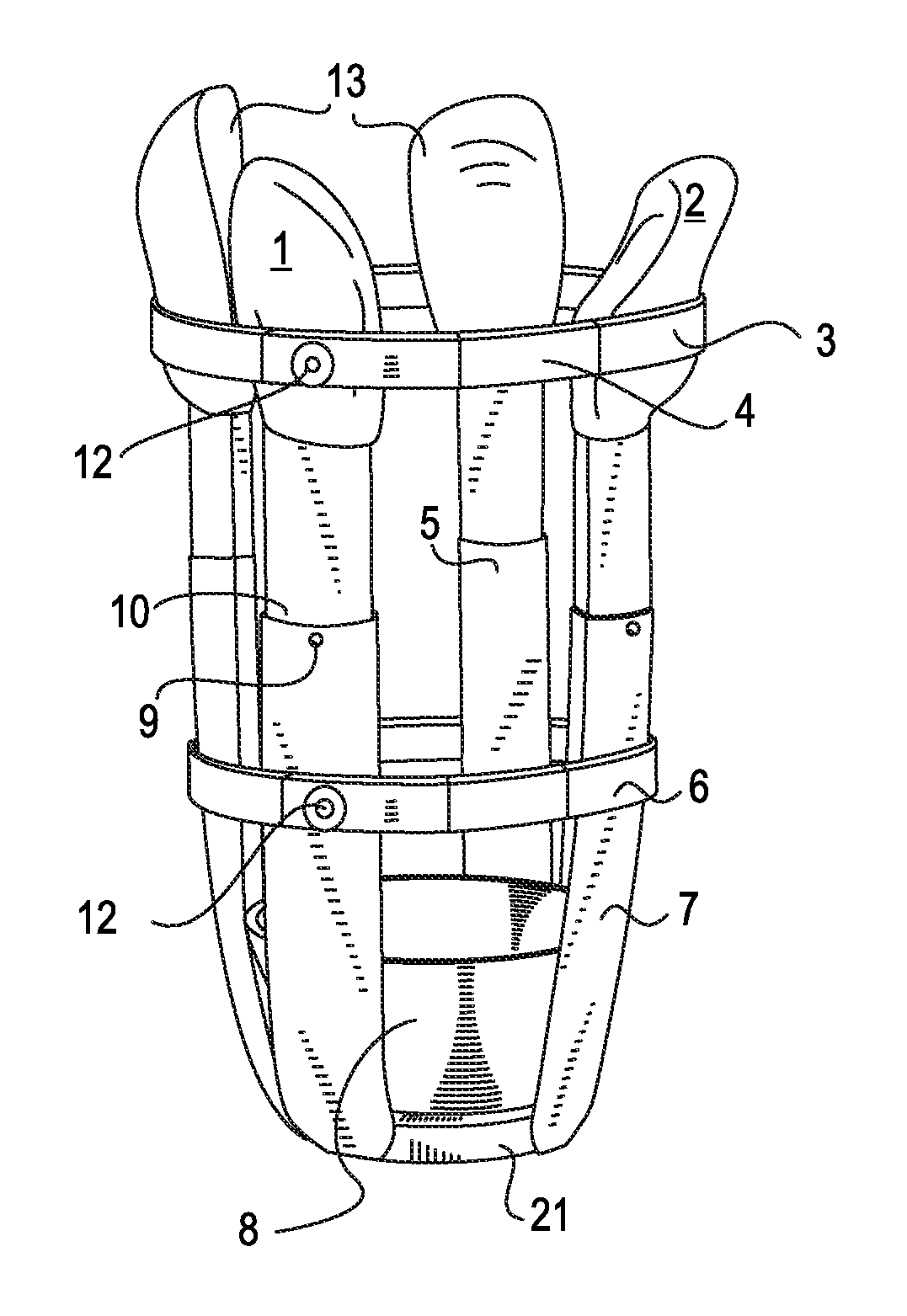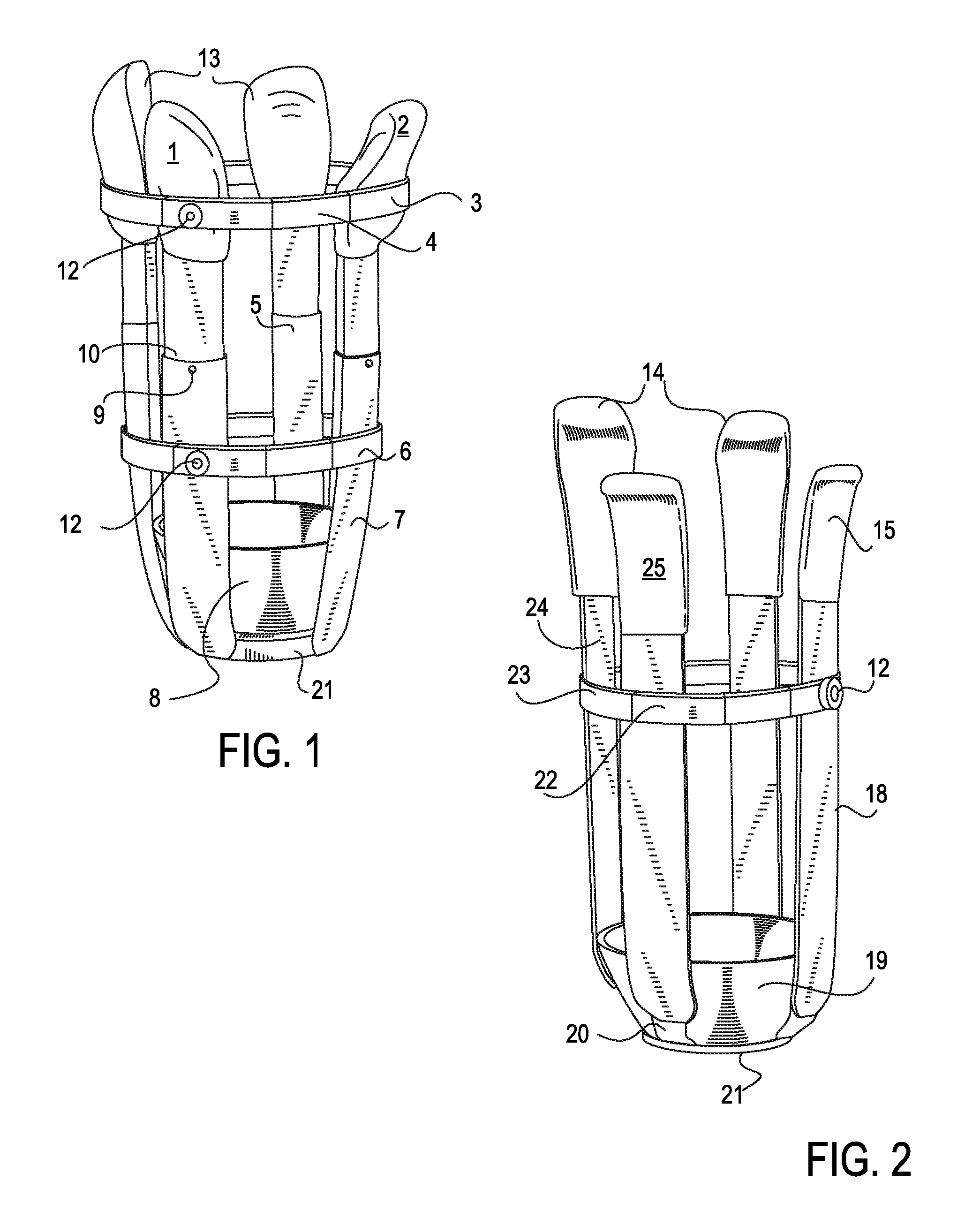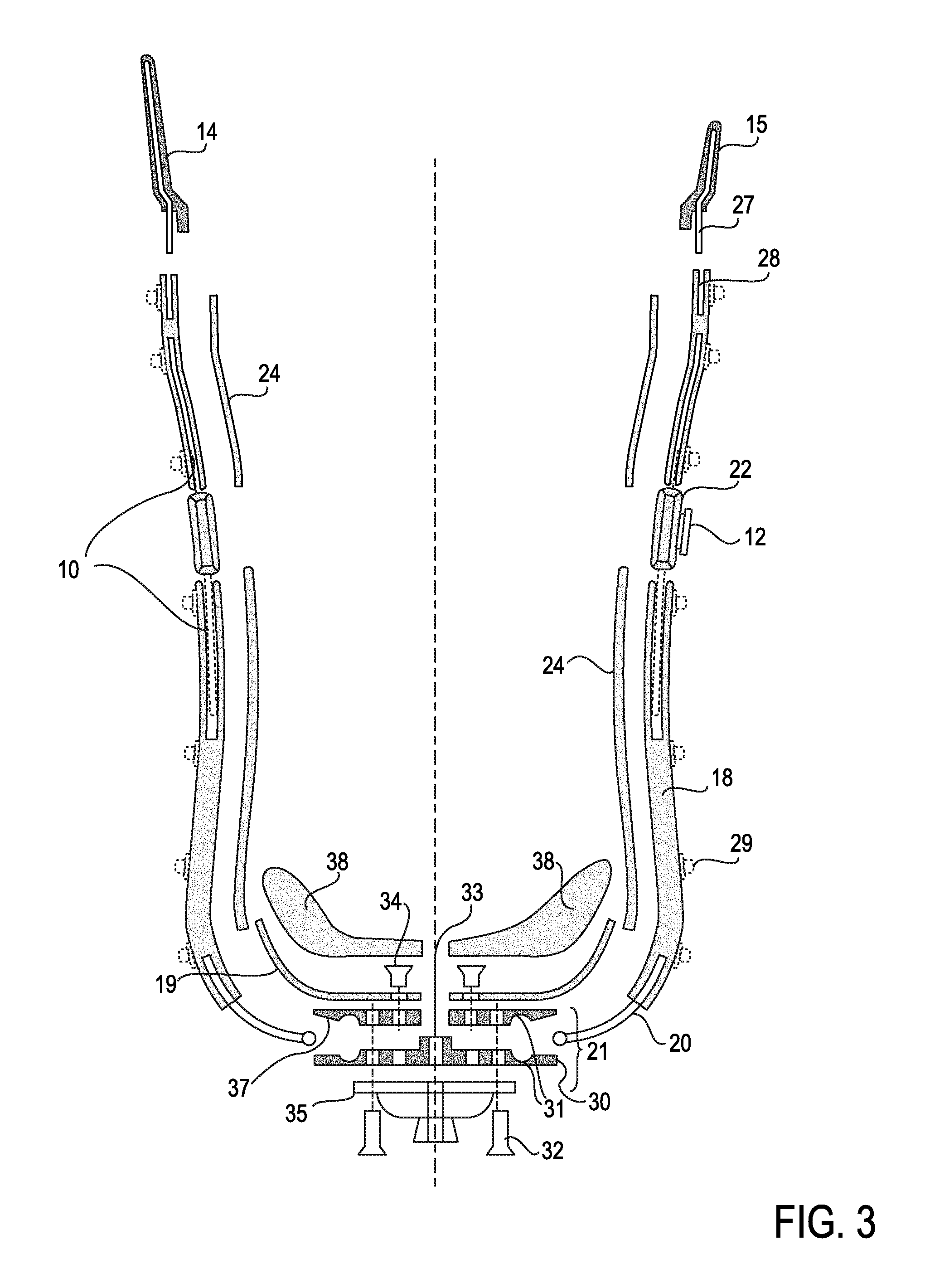Modular prosthetic sockets and methods for making same
a technology of prosthetic sockets and modules, applied in the field of prosthetic sockets, can solve the problems of less than satisfactory aspects of the process, the degree of possible modification of the limb socket to optimize the fit of the residual limb socket is actually quite limited, and the use of the distal components can be severely compromised, so as to improve the biomechanically appropriateness of the dimensions or contours, and improve the fit of the sock
- Summary
- Abstract
- Description
- Claims
- Application Information
AI Technical Summary
Benefits of technology
Problems solved by technology
Method used
Image
Examples
Embodiment Construction
Overview
[0106]The applicability of molds to the process of creating sockets that accommodate residual limbs and to provide a proximal base for effective prosthetic limbs and operable distal effectors is pervasive in the prior art, and has also been broadly helpful and therapeutically beneficial. As presented in the background, however, there are inherent and practical limitations to this approach. Such limitations relate to resources, such as time and cost, and to actualities of fit to a residual limb, wherein fit relates to a limb portion that is actually not well suited for bearing weight, providing a base of prosthetic limb operability. A residual limb comes with complications related to body heat and moisture that effect the interaction of the residual limb and the socket. And, the residual limb, itself, is dynamic in shape and internal structural details over time. These changes occur both in the short term, as during the course of a day, and in the long term, as the individual...
PUM
 Login to View More
Login to View More Abstract
Description
Claims
Application Information
 Login to View More
Login to View More - R&D
- Intellectual Property
- Life Sciences
- Materials
- Tech Scout
- Unparalleled Data Quality
- Higher Quality Content
- 60% Fewer Hallucinations
Browse by: Latest US Patents, China's latest patents, Technical Efficacy Thesaurus, Application Domain, Technology Topic, Popular Technical Reports.
© 2025 PatSnap. All rights reserved.Legal|Privacy policy|Modern Slavery Act Transparency Statement|Sitemap|About US| Contact US: help@patsnap.com



